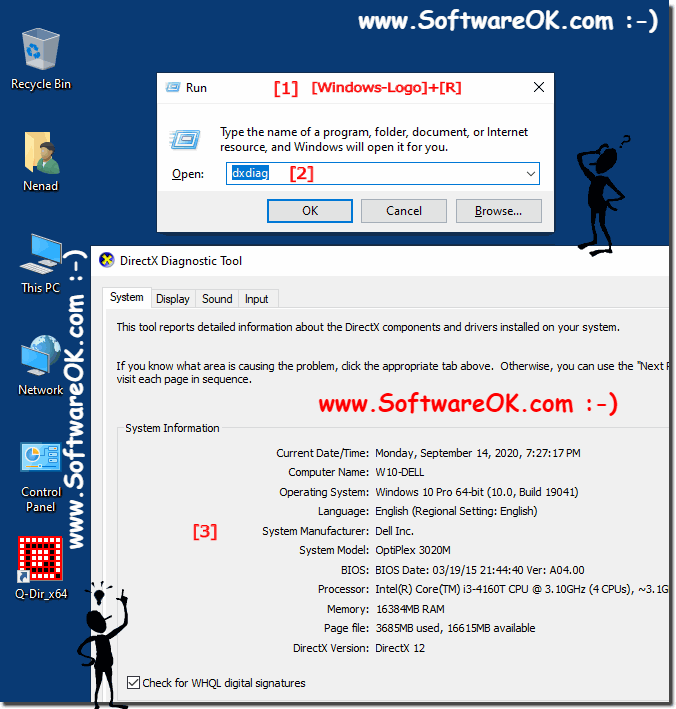
In the first step, you press the Windows key + R on the keyboard.Using this method, you no longer need to install applications because every Windows 10 must have this tool in it. Using dxdiag (DirectX diagnostic tools)įurthermore, you can also check laptop specs using a feature called dxdiag which stands for DirectX diagnostic tools. OS build > contains information about the installed Windows 10 build version.Version > Information of installed release updates.Edition > Windows 10 edition information used (Home, Pro, Enterprise, Education).The Windows specifications section contains details about the Windows 10 series installed on your laptop, namely: System type > system architecture on a laptop (32-bit or 64-bit) is often also referred to as a laptop bit.Installed RAM > RAM capacity installed on the laptop.

Processor > processor specification, type, series, generation, number of cores, and speed.Device name > computer name information.

In the Device specifications section you will see information about the hardware specifications of the laptop, namely:

See Computer specifications in Windows 10 Use the information obtained for your purposes. In the tab view on the right you will see information about laptop specifications, Windows 10 version, CPU type, graphics card or GPU, and RAM capacity used.ĥ. On the bottom left tab, click the About menu.Ĥ. Go to the Settings menu on your laptop by clicking on the Windows button and then clicking on the gear icon.ģ. See Computer specifications in Windows 10ġ.


 0 kommentar(er)
0 kommentar(er)
